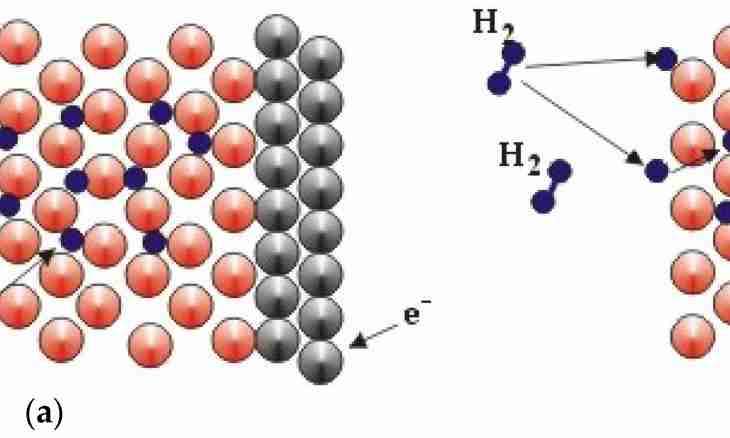The chemical kinetics explains the high-quality and quantitative changes observed in chemical processes. The basic concept of chemical kinetics – reaction speed. It is defined by amount of the substance which reacted in unit of time in unit of volume.
Instruction
1. Let the volume and temperature be constant. If during time from t1 to t2 the concentration of one of substances decreased from c1 to s2, then, by definition, the speed of reaction of v=-(c2-c1) / (t2-t1)=-Δc/Δt. Here Δt=(t2-t1) – a positive period. Difference of concentration Δc=c2-c1
2. The speed of course of chemical reaction is influenced by three major factors: concentration of the reacting substances, temperature, presence of the catalyst. But the nature of reagents has decisive impact on speed. For example, at the room temperature the reaction of hydrogen with fluorine goes very intensively, and hydrogen with iodine reacts slowly even when heating.
3. The dependence between molar concentration and speed of reaction is quantitatively described by the law of the operating masses. At a constant temperature the speed of chemical reaction is directly proportional to the work of concentration of reagents: [v=k·A] [^v(a)·B] ^v(B). Here k, v(A) and v(B) – constants.
4. The law of the operating masses is fair for liquid and gaseous substances (homogeneous systems), but is not fair for firm (heterogeneous). Speed of heterogeneous reaction depends also on the surface of contact of substances. Increase in a surface increases reaction speed.
5. In a general view the law of the operating masses looks so: v(T) =k (T) [·A] [^v(A)·B] ^v(B), where v(T) and k(T) – functions of temperature. In such look the law allows to calculate reaction speed at the changing temperature.
6. Approximately to estimate as reaction speed at temperature change on ΔT will change, it is possible to use temperature coefficient of Vant Hoff γ. As a rule, the speed of homogeneous reaction increases by 2-4 times at temperature increase by 10 ˚, i.e. γ=k(T+10)/k(T) ≈2÷4.
